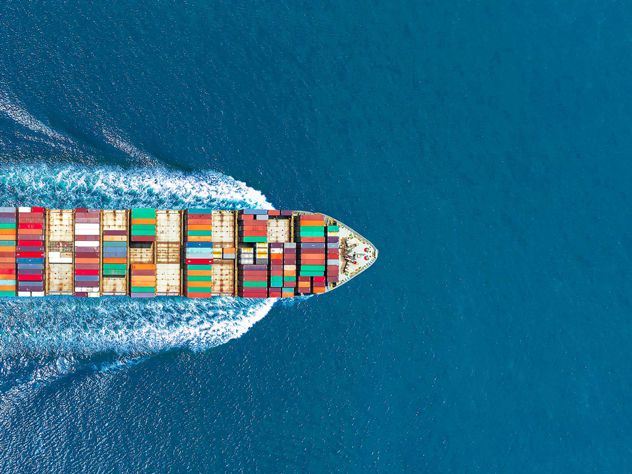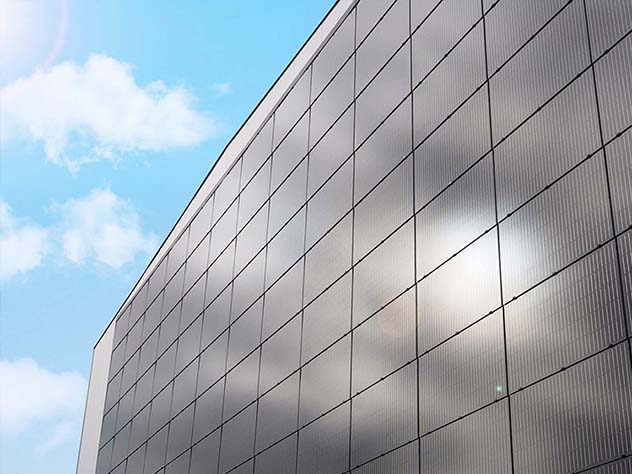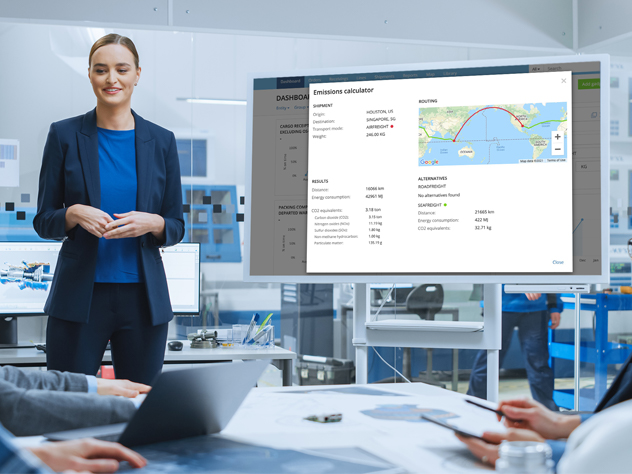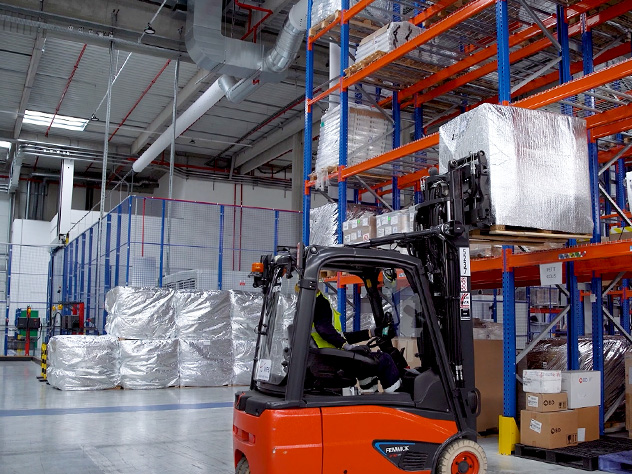At Kuehne+Nagel, we are committed to sustainability in shipping and supply chains. This commitment extends to our customers through our carbon offsetting programme and a regular exchange of information regarding the environmental regulations we adhere to.
Sulphur dioxide reduction
The International Maritime Organisation (IMO) established a convention (MARPOL Annex VI) to protect marine life from harmful substances, such as sulphur dioxide. Sulphur dioxide (SO2) is a toxic gas that is emitted when burning fossil fuels and has negative effects on both humans and the environment.
Emission Control Areas
To address the need for less pollution near coastal regions, Emission Control Areas (ECAs) have been defined as areas where stricter controls are in place to minimise airborne emissions from ships. ECAs are designated in the following locations:
-
Baltic Sea area
-
North Sea area
-
United States Caribbean Sea area (near Puerto Rico and the United States Virgin Islands)
-
North American area (covering designated Pacific and Atlantic coastal areas of the United States and Canada, including Hawaii)
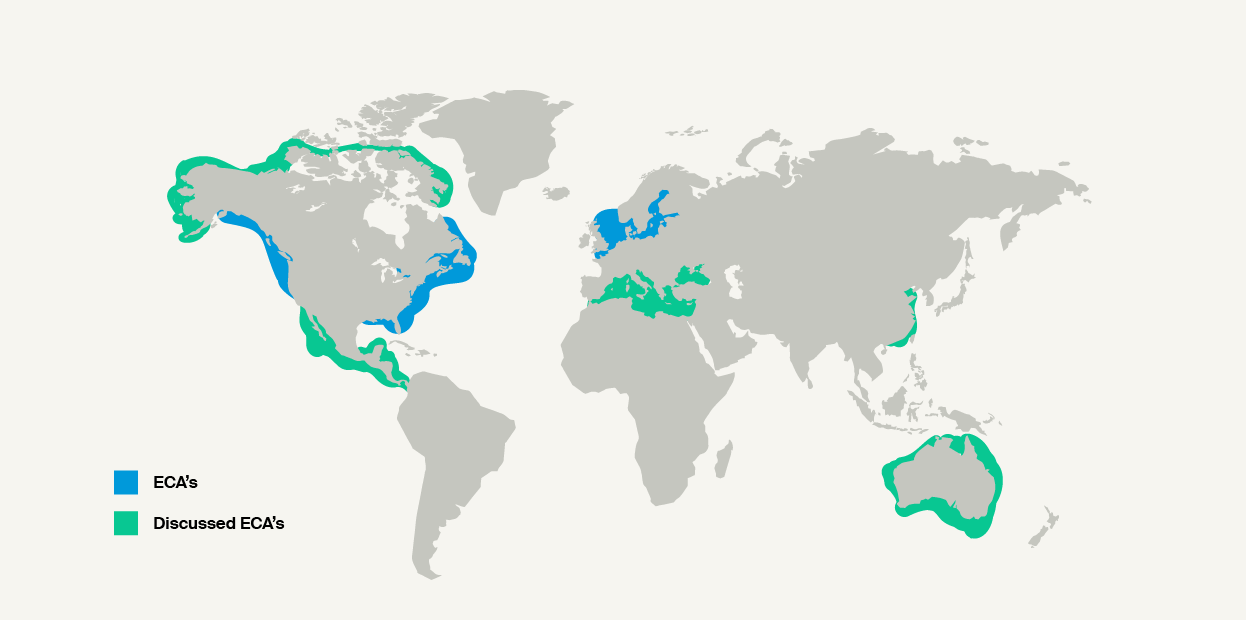
The MARPOL regulation states that ships sailing in designated ECAs must stop burning VLSF (Very Low Sulphur Fuel) or Heavy Fuel Oil (HFO) when using a Scrubber. The new energy source to power these ships is an Ultra-Low Sulphur Fuel Oil (ULSFO) with a maximum sulphur content of 0.1. This environmental initiative is extended to nitrogen oxides (NOx), Ozone Depleting Substances (ODS) and Volatile Organic Compounds (VOC) emissions as well.
We can expect the designation of more ECAs in different locations in the future. Several countries, including China, Turkey and Australia have already nominated their territorial waters to be part of the ECAs in order to reduce shipping emissions near their coastlines.
From January 2020, a new regulation established a sulphur oxide cap of 0.5% for all seagoing vessels globally. This so called IMO 2020 regulation targets an 85% reduction of sulphur oxides in shipping fuel, in order to reduce emissions and protect public health. Limiting the emission of sulphur oxide massively improves the air quality, particularly in densely populated coastal regions.


